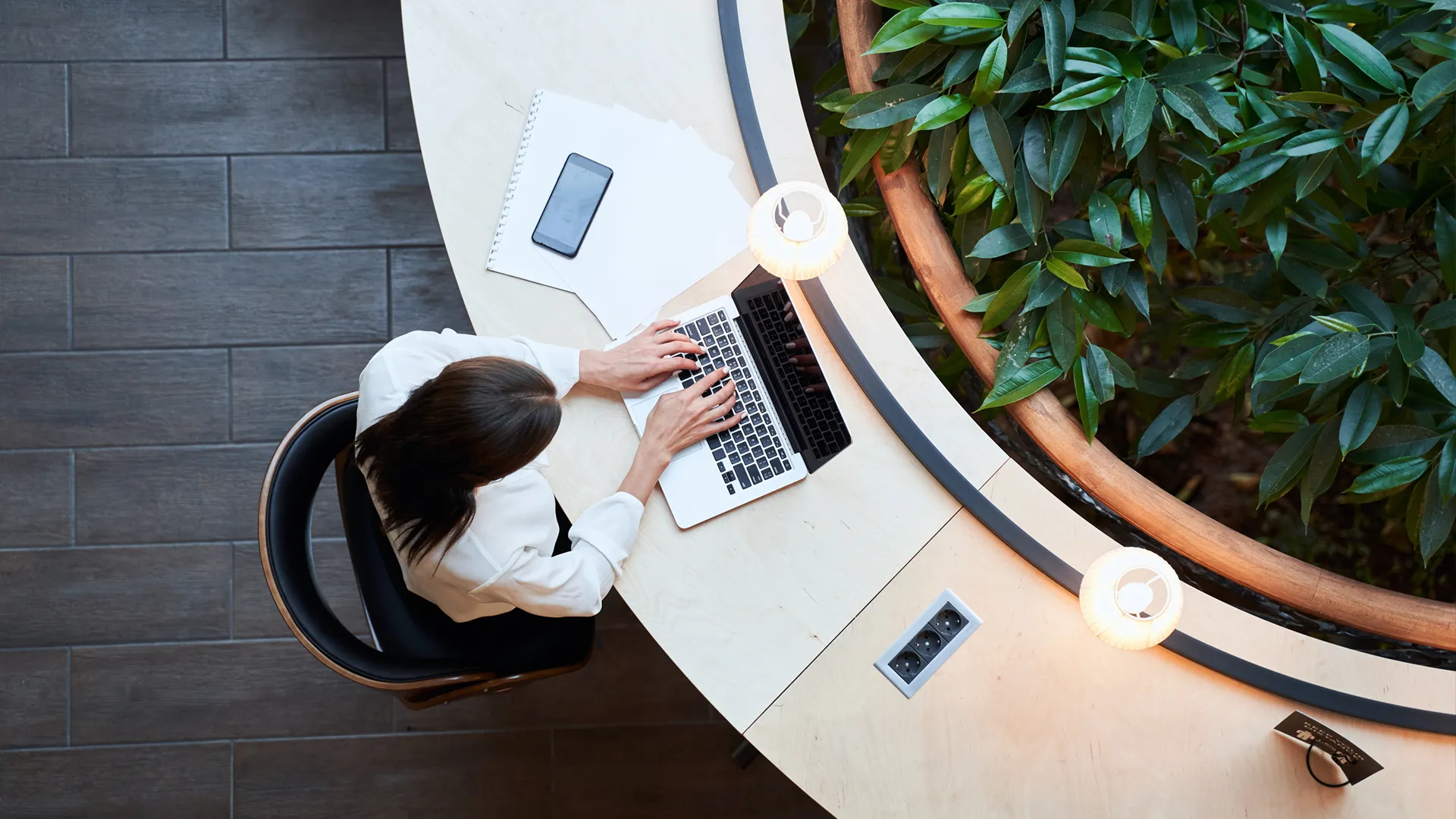Know Your Budget
Designing a Sustainable Office that Works for You

Sustainable office design is the design and construction of office spaces in a way that has minimal impact on the surrounding environment while conserving resources like water and energy. To say an office design is sustainable means it’s environmentally friendly and resource-efficient. This includes things like the use of sustainable materials, the incorporation of natural light and ventilation, energy-efficient systems, the use of daylight harvesting and occupancy sensors, and the use of renewable energy sources.
According to the International Energy Agency (IEA), the industry and buildings sectors, which include offices, were responsible for around 34% of global energy-related CO2 emissions in 2019. With more businesses returning to the office full-time after the pandemic, it is no surprise that organizations are placing a high priority on sustainable office design in 2023.
In designing a sustainable office that works for you, the first thing to do is define your sustainability objectives. What is the level of sustainability you want to achieve? Is it just wanting to make your office more energy efficient or is it striving to achieve an environment rating? The answer is crucial in the way your interior designer/fit-out guys design your office. There are plenty of ways to achieve sustainability in your office without sacrificing the aesthetics and functionalities of your office.
Among other ways is choosing locally sourced building materials and office furniture suppliers. This leads to a reduced carbon footprint as it requires less energy to transport; supporting local economy as by choosing local suppliers, you can support the local economy and contribute to sustainable development and local suppliers are more likely to have a better understanding of the local climate and building standards and may be able to provide materials that are better suited to the specific environment. Another way is to invest in durable, multi-functional office furniture that is made from eco-friendly materials. You can also use energy-efficient office lighting that is solar-powered or LED, a simple yet effective office design element to include for a sustainable workspace as these types of lighting use significantly less energy than traditional incandescent or fluorescent lighting, giving them a longer lifespan.
Another simple yet important in a sustainable office environment is incorporating biophilic elements element into the office design.
Biophilic design is a design philosophy that incorporates natural elements, patterns, and processes into the built environment. The goal of biophilic design is to create spaces that connect people to nature and promote well-being. It includes a variety of strategies, such as incorporating natural light, plants, and outdoor views into buildings, using natural materials, and mimicking natural patterns and processes in the built environment. This improves sustainability it reduces the need for artificial lighting and heating, which can help lower energy consumption and reduce the building’s carbon footprint. This also improve indoor air quality and promote a healthier work environment for employees.
